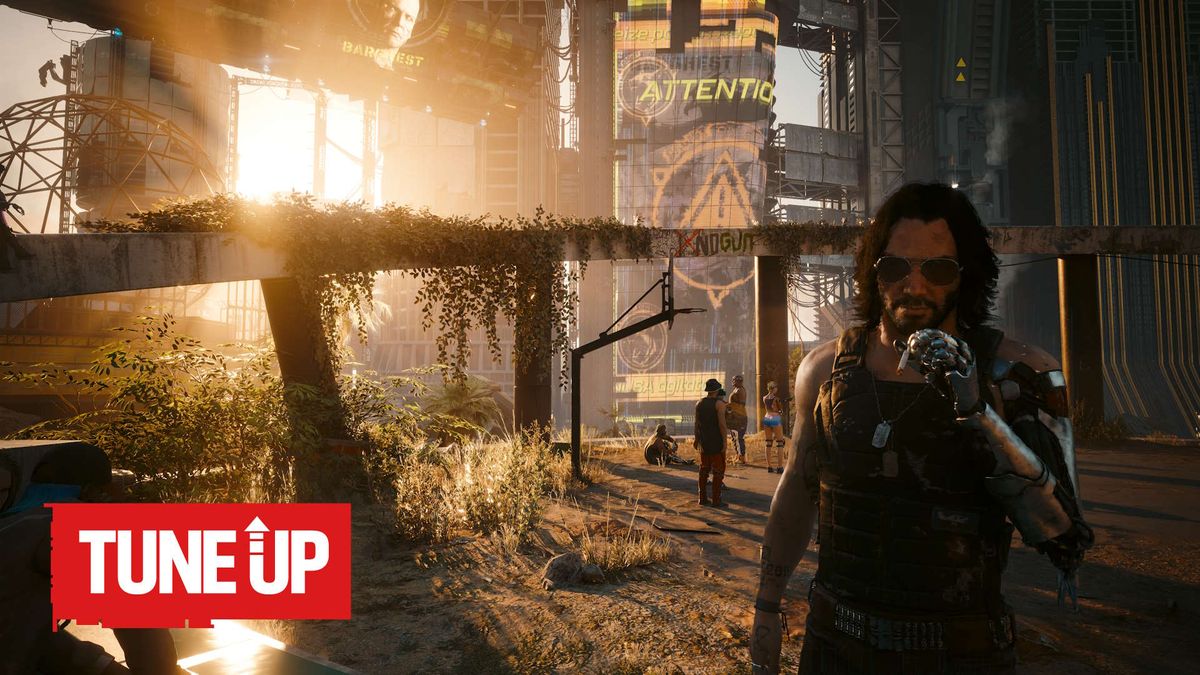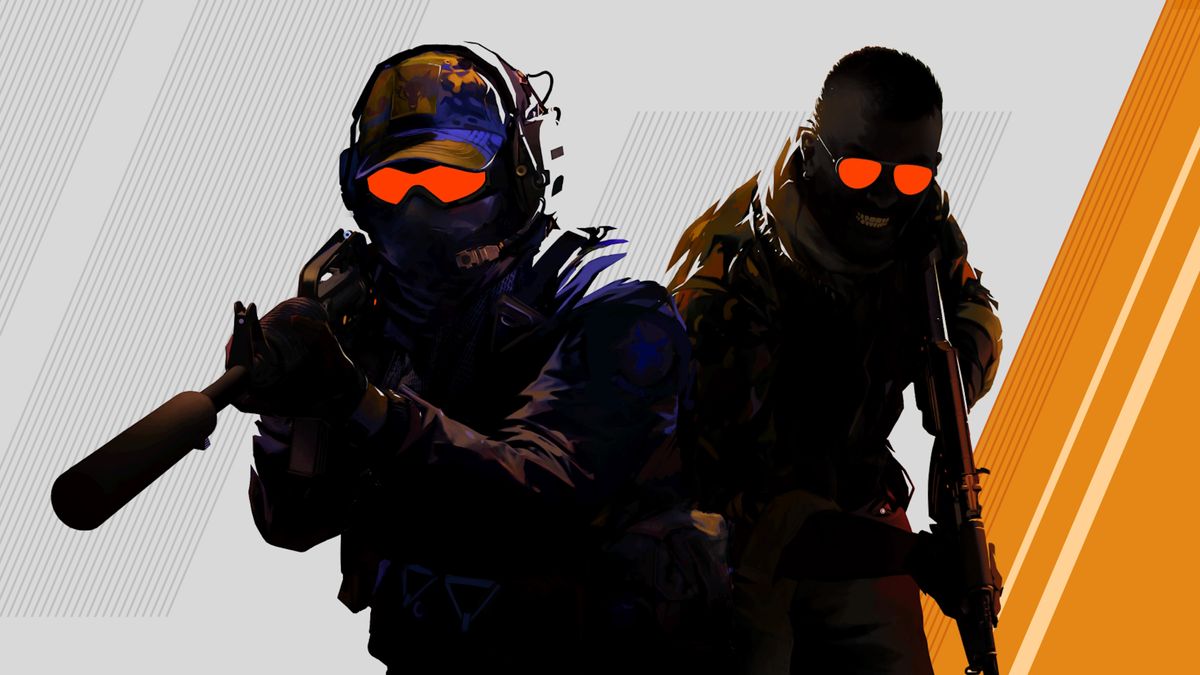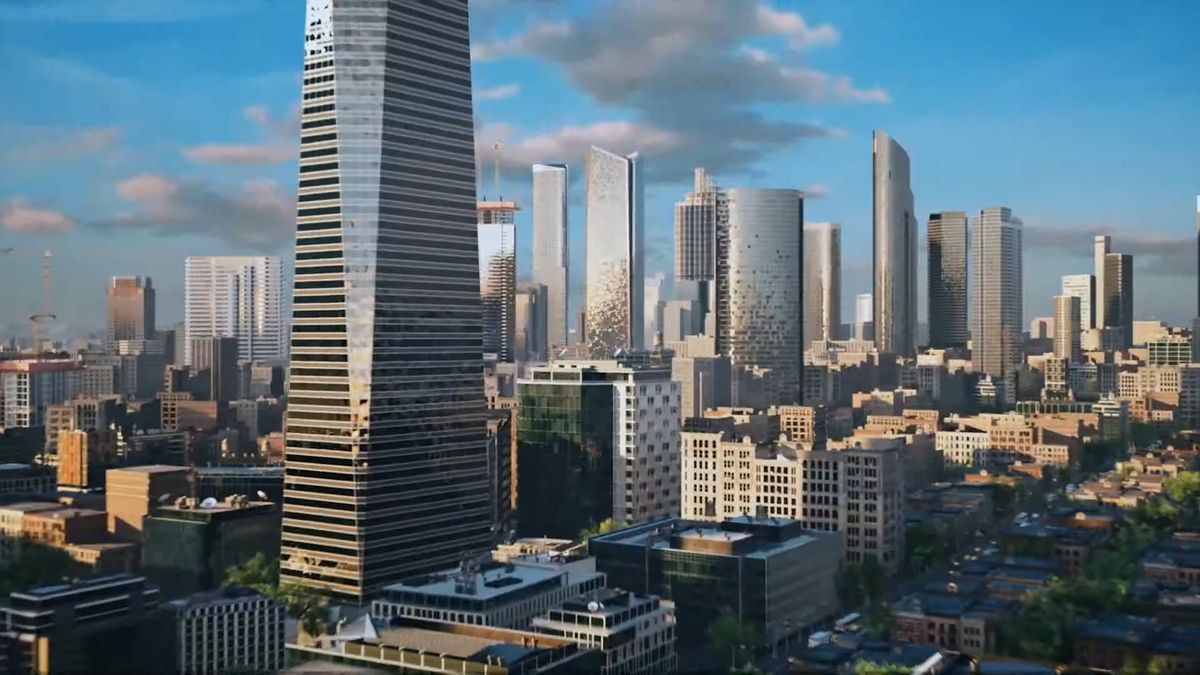Don’t call it a comeback. Cyberpunk 2077, three years on from its initial release, is more like a whole damned redemption arc. Not that it wasn’t a fun, beautiful game when it first launched—I had a blast on my first run through Night City—but it wasn’t the game we were promised and was a bug-ridden hellscape if you weren’t running on the latest and greatest hardware.
Three years on and you’re still only going to get the ultimate experience if you’re running Cyberpunk 2077 through an Nvidia RTX 4090, but it’s a very beautiful game even on lower spec hardware, and even without the headline grabbing wonder of ray tracing.
Nvidia itself has been working hand-in-glove with CD Projekt Red to turn Cyberpunk 2077 into the new Crysis, using it as a test platform for all things next-gen when it comes to graphical features. Whether that’s the magic of Frame Generation or a delicious new framework for real-time ray tracing, Nvidia has worked with the devs to ensure that it’s one of the most graphically impressive games around.
But that does also mean it can be one of the most graphically intensive, too, with the top path-traced Overdrive preset able to drop your frame rates down to little more than a William Gibson-tainted slideshow. So, that’s where we come in, helping you figure out what features you need to turn on, which you should avoid, and what settings you can compromise on to give you the highest frame rate with the best fidelity.
Best settings for Cyberpunk 2077
If you’re looking to squeeze out the best performance from your rig these are our favourite settings for getting the highest frame rates out of Cyberpunk 2077 with the best visuals.
Film Grain:OffChromatic Aberration:OffDepth of Field:OnLens Flare:OnMotion Blur:LowContact Shadows:OnImproved Facial Lighting Geometry:OnAnisotropy:8Local Shadows Mesh Quality:HighLocal Shadow Quality:HighCascaded Shadows Range:MediumCascaded Shadows Resolution:MediumDistant Shadows Resolution:HighVolumetric Fog Resolution:HighVolumetric Cloud Quality:HighMax Dynamic Decals:HighScreen Space Reflections Quality:HighSubsurface Scattering Quality:HighAmbient Occulusion:HighColor Precision:MediumMirror Quality:HighLevel of Detail (LOD):HighCrowd Density:HighRay Tracing:Off
Our preference here is for the highest native performance as that will give everyone an equal shot at good frame rates. We also want to ensure that Night City actually feels like a city, and so we’ll keep the Crowd Density at High. Cyberpunk 2077 does also cover all the main upscaling technologies, with DLSS 3.5, FSR 2.1, and XeSS 1.1 all supported out of the box, though only the proprietary Nvidia tech delivers a close to native image. They are still a great option for squeezing a sometimes considerable amount of extra performance out of your system.
What you should be disabling no matter what performance you’re getting is theChromatic Aberrationsetting, and dropping the Motion Blur setting down to Low. Chromatic Aberration is completely unnecessary and makes the edges of the screen lose fidelity, and withMotion Blurat its default state the game can become a really sludgy mess.
You’ll note we’ve disabled ray tracing for these because when you’re gaming a smooth frame rate will be far more rewarding than a pretty but janky experience. And CD Projekt Red has made a game world so richly detailed that even with standard rasterised rendering it can look stunning.
Image 1 of 3
These settings can then deliver around 100 fps at 1440p for an RX 6800 XT, RTX 3080, and well over 60 fps at 1080p for something like an RTX 3070. If you’re not getting the sort of frame rates you want with these settings on your own GPU, there are some further tweaks you can make.
KnockingScreen Space Reflectionsdown, or turning it off can have a relatively large impact on performance, but also a correspondingly significant impact on visual fidelity. Night City is a rather shiny place, after all. One thing that won’t have as much visual impact, but can deliver a similar level of performance boost, is knocking down or disabling bothVolumetric Fog ResolutionandVolumetric Cloud Quality.
And then you always have the opportunity to then enable upscaling. Though we have thoughts on the specific hierarchy of those different upscalers…
Best upscaler for Cyberpunk 2077
RAY TRACING IN CYBERPUNK 2077
For pretty much all AMD users then, I would recommend using the absolute top non-RT settings for your game as you will benefit more from a smooth frame rate than the extra fidelity of ray-traced lighting effects. Our Jacob has been running his rig with a Radeon RX 7900 XTX—the most powerful graphics card AMD has ever made—and even he isn’t enabling ray tracing in Cyberpunk 2077.
In all honesty, last-gen Nvidia cards don’t fare amazingly well below the top rank, either, I needed DLSS set to Performance to get anything like a decent frame rate from an RTX 3070 at RT Low, and even then we’re talking about 54 fps at 1080p.
There is a tangible difference for Nvidia’s RTX 40-series cards, however, and that difference is Frame Generation. By interpolating frames into the game you’re getting added smoothness, and that can really have a huge impact on the experience of running Cyberpunk 2077 with all the pretties on middle order GPUs.
An RTX 4070, ostensibly offering rasterised performance on par with an RTX 3080, is able to go far beyond that because it can enable Frame Generation. With that you will see over 110 fps on RT Ultra at 1440p.


